.webp)
Tripti Nath/New Delhi
Dr. P.S. Dabas, an octogenarian patiently climbs 30 steps of the marble stairway in Delhi’s Pradhan Mantri Sangrahalaya to guide girls from a Gurukul in Odisha.
Dabas, a patron of the Gurukul, says he has come to Teen Murti Bhawan, a colonial-era building in south Delhi, at least 15 times.
Dabas, a jovial 82- year-old Hindi linguist, watched Nehru’s bedroom with interest. He claimed to have met Pandit Nehru at least six times and continues to be inspired by him. “I was only eight years old when I first met Nehru in my village in north-west Delhi during a ‘Shramdan Shivar’. Nehru ji had come to our village to join us in digging a drain by using a spade. Pt. Nehru also came to our school a couple of times in Kanjhawala. I also got a chance to meet him two times after taking part in the Republic Day parade.’’
Dabas who taught Hindi at Beijing and Delhi University, said “ I like the way Nehru’s personal belongings and books have been kept intact.’’
Anju Gupta, a resident of Varanasi, operated her wheelchair to peep into Nehru’s living room. Anju said that she was enjoying every bit of her visit to the Sangrahalaya.
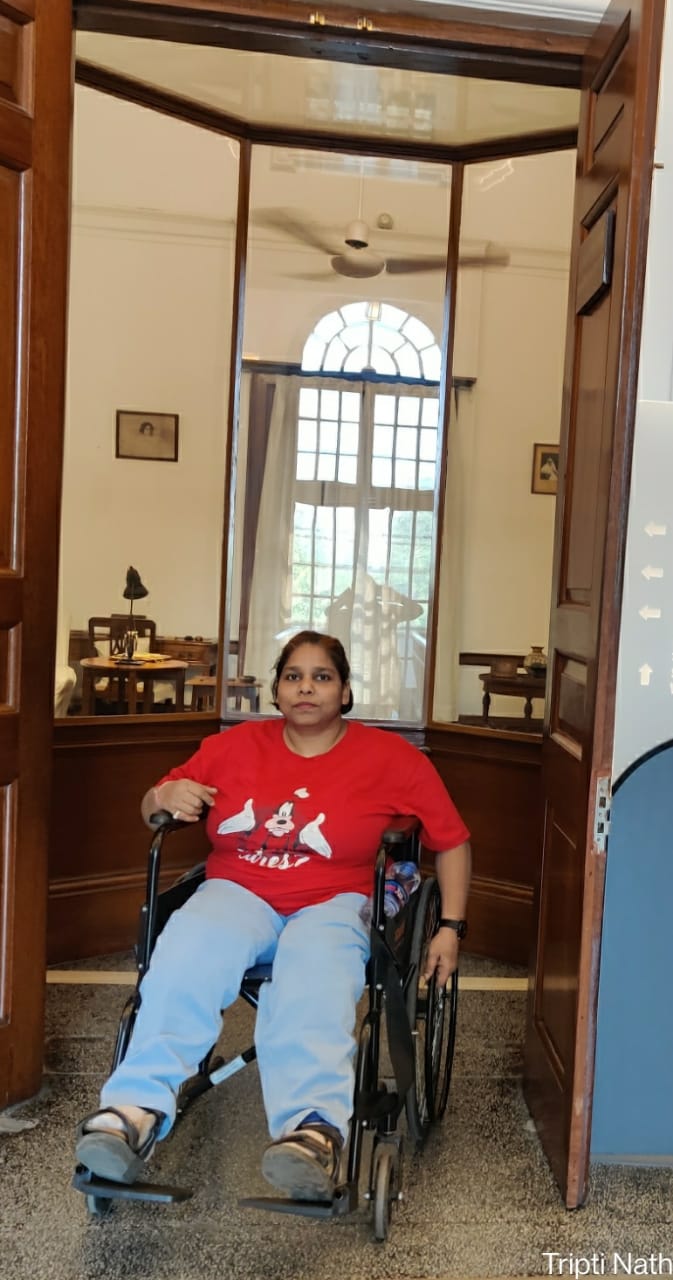 Anju Gupta at Pradhanmantri Sangrahalya
Anju Gupta at Pradhanmantri Sangrahalya
After all, Nehru lived in Teen Murti Bhawan for 16 years until his death on May 27, 1964. Formerly known as Flagstaff House, the Bhawan was built by the British in 1930.
Once the official residence of India’s first and longest-serving Prime Minister Jawaharlal Nehru the museum attracts a steady and large stream of visitors from Tuesday to Sunday. The Nehru Memorial Museum, a grade A heritage building is now integrated with the Pradhanmantri Sangrahalaya, a new building with modern architecture.
Few would know that there is an elevator barely 15 steps away from Nehru’s bedroom. Nehru used it but is due for repair. Next to the elevator are two stairways that are not open to the public.
The section on the first floor has a room dedicated to Nehru’s life journey, his bedroom where he died, his study and living room, Indira Gandhi’s bedroom, the Tosha Khana, and the ballroom. A huge well-framed case in the Toshakhana gives visitors a good view of the silver peepal- leaf shaped Bharat Ratna, India’s highest civilian award conferred on Nehru.
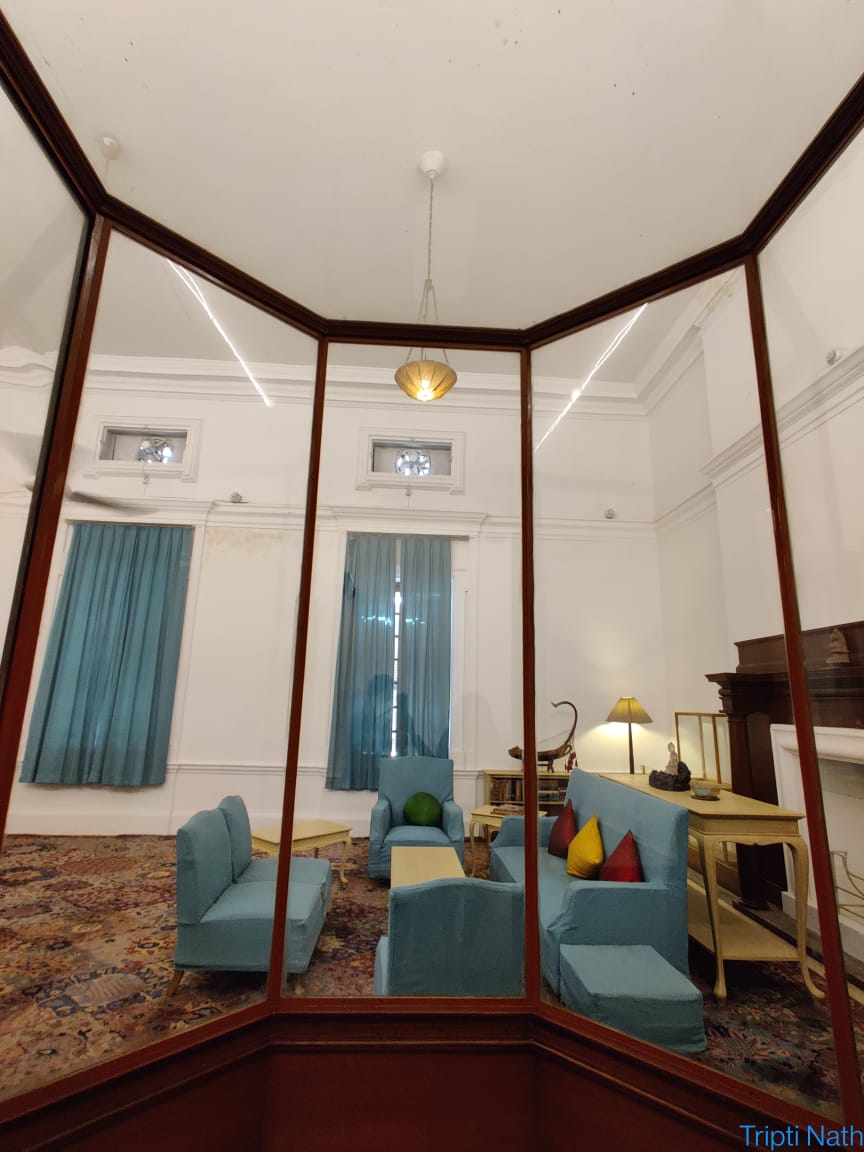 Drawing room of Jawaharlal Nehru
Drawing room of Jawaharlal Nehru
The ballroom has the handwritten copy of the unforgettable ‘Tryst with Destiny’ speech delivered by Nehru to the Indian Constituent Assembly at midnight on August 15, 1947. Among many unique letters of great historical value, one also finds here a typewritten letter dated August 20, 1960, by Albert Einstein to Nehru.
That Nehru was an avid reader is well known. In the long airy and high-ceiling corridor leading to Nehru’s bedroom are 15 cabinets of Nehru’s books. His study too has an impressive collection of books.
As one approaches Nehru’s bedroom covered with a glass enclosure, one cannot miss some rare pictures kept atop book cabinets and hung on the walls. One such picture dated April 1929 is that of Pamela Mountbatten, the daughter of Lord and Lady Mountbatten. Equally unique pictures on display are of the late Queen Elizabeth. This picture is dated April 21, 1926. There is another 1946 picture of Nehru with Abdul Ghaffar Khan and a 1960 picture of Nehru visiting his school at Harrow.
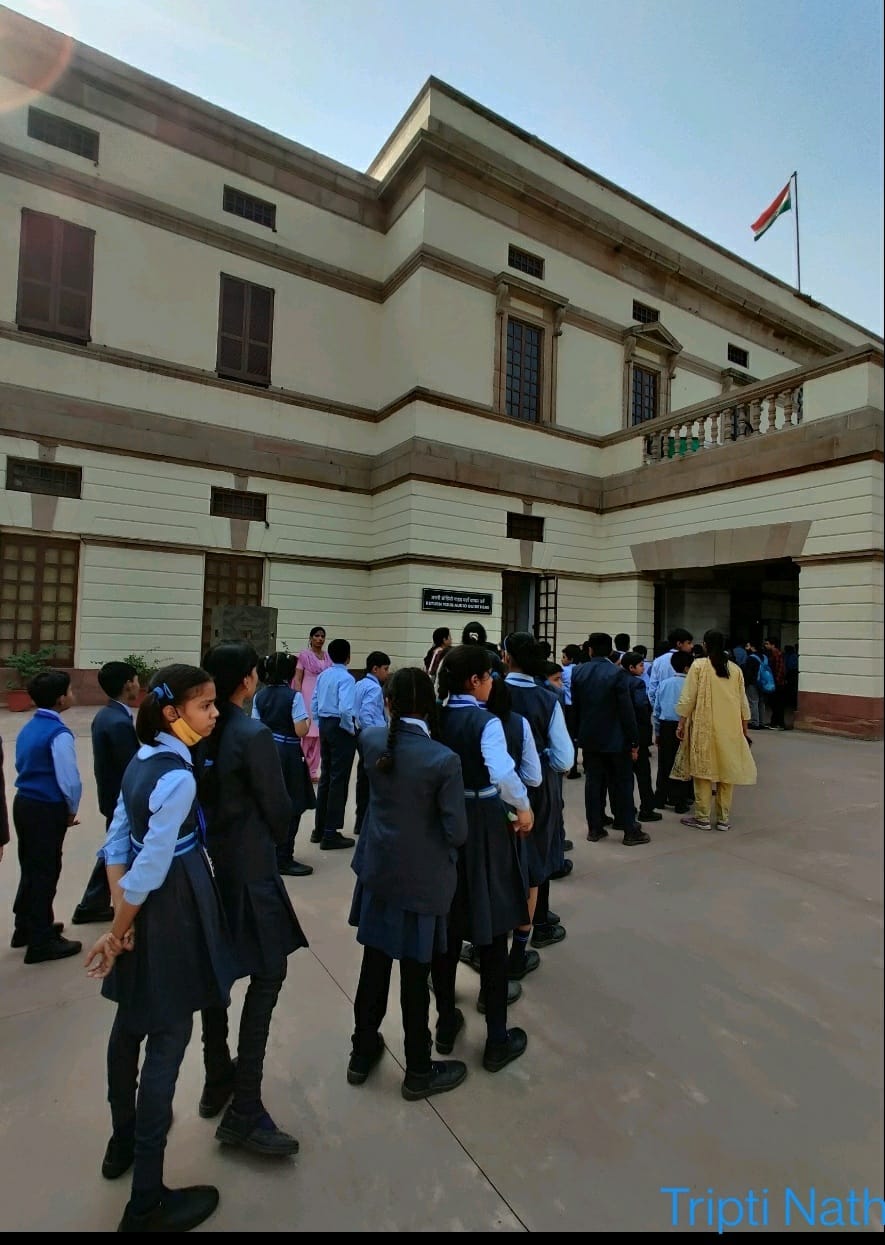 Students visiting Pradhan Mantri Sangrahalya
Students visiting Pradhan Mantri Sangrahalya
There are two bust statues of Nehru by sculptor Ram V. Sutar.
People cannot have enough of seeing Nehru’s belongings and want to stay there forever. His single bed has a faded but beautiful cream colour bed cover with brown Kashmiri embroidery. His belongings in the bedroom, study, and living room have an irresistible old-world charm. Statues of Buddha, a small Usha fan, an HMT watch, a lamp, old-style phones and sofa sets, pen stands, picture frames, and a brown tea cup evoke breath-taking responses.
A young mother peeping into Nehru’s study was seen pointing to a trunk and telling her seven-year-old daughter what old-era trunks looked like. Another group of schoolboys was awestruck by Nehru’s books and could not help asking if he had read so many books.
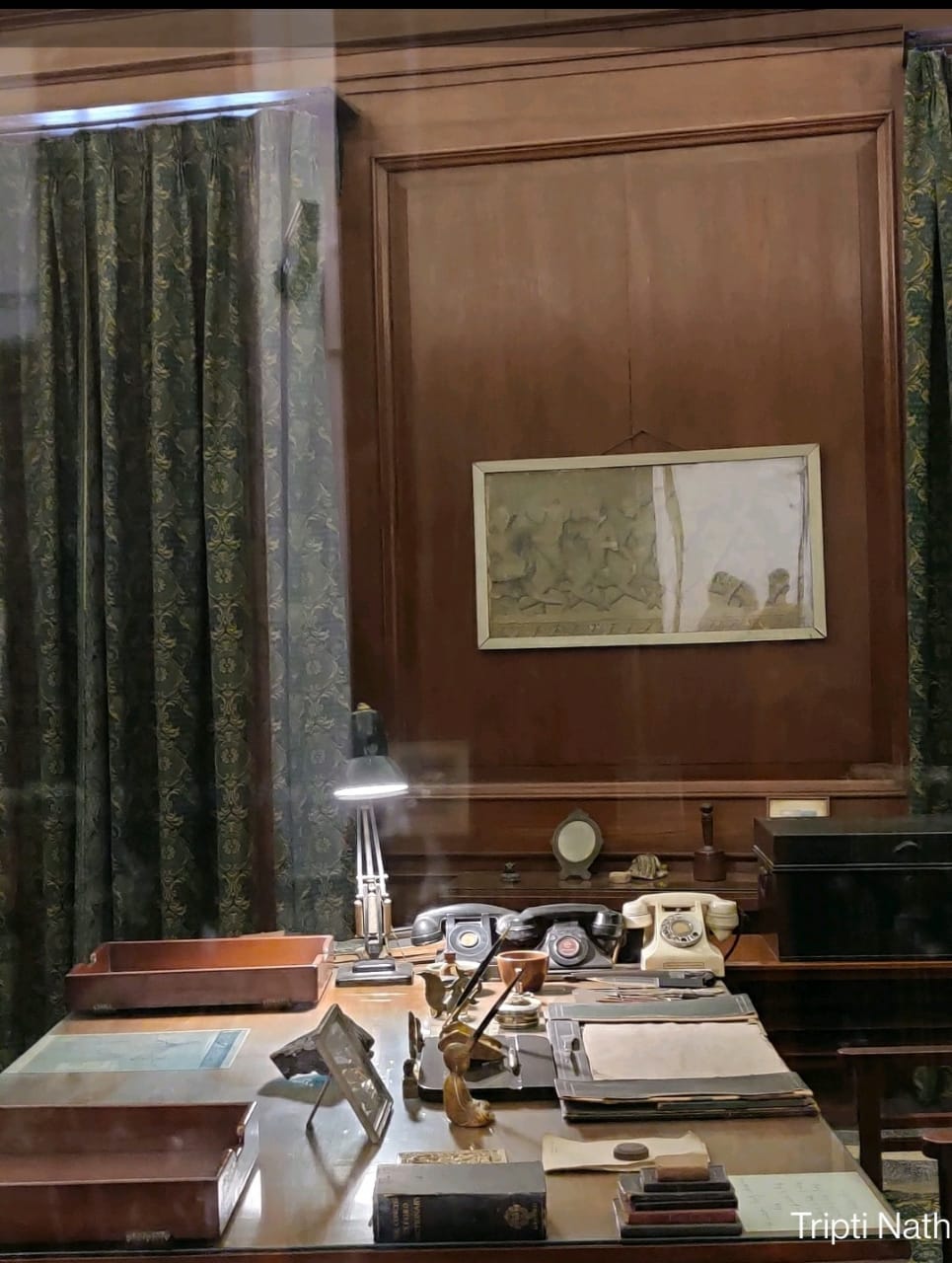 Jawaharlal Nehru's desk
Jawaharlal Nehru's desk
A day before Nehru’s 133rd birth anniversary, the place was full of visitors, mostly boys and girls with teachers from schools in Ghaziabad and Meerut. Sources in the Sangrahalaya say that only members of the Nehru-Gandhi family and the curatorial team can see these belongings which are maintained every four to six months.
Mohd Ashfaq from the Power Foundation of India under the Power Ministry said that Pandit Nehru’s study and personal belongings give a glimpse into his lifestyle. “He was an intellectual but his simple living reflected here, is truly inspiring.’’
Vanlal Swama, a History teacher who lives in Aizawl, Mizoram, was revisiting the museum with his daughter, Rinawmi. “This is a very important place for every Indian as it helps understand India’s history. Everything here is very well preserved and maintained. I have come here five times. Nehru had a diverse and rare collection of books. There are books of different languages as well. What impresses me as a historian is that Nehru’s interests were very varied,’’ he said.
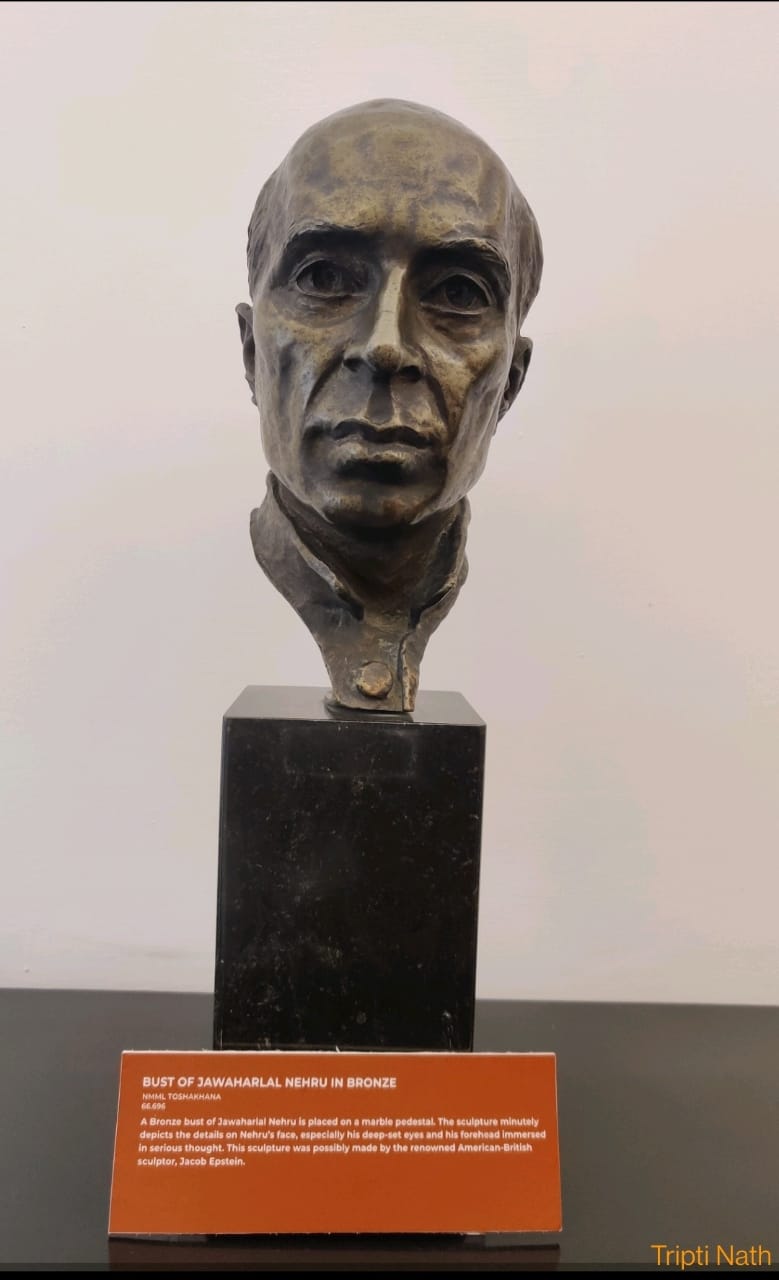 A bronze bust of Jawaharlal Nehru in the museum corridor
A bronze bust of Jawaharlal Nehru in the museum corridor
Likewise, Madhukar Narayan Waingankar, a retired government officer from Maharashtra who was visiting the museum with his wife, Sujata, said, “One cannot find all these treasures in books.’’
Valerie Vinita, Assistant Curator in the Sangrahalaya, said, “The USP (Unique Selling Proposition) of this museum is that every Prime Minister has been given equal weightage in terms of their profile and their contribution. People are curious about Nehru and equally curious about the heritage value of his belongings and memorabilia. The unique items in the bedroom include an HMT wristwatch.
In the study, one finds the concise Oxford dictionary, a replica of the iron fist of the late U.S. President Abraham Lincoln which he kept on his study table as inspiration, and old telephones. The ivory artifacts in his living room are also rare.’’
Valerie explained, “We are not just trying to showcase Nehru but also the history of modern independent India. Visitors can watch the Films Division of India footage of celebrations on August 15, 1947, in the Dawn of Freedom gallery in the ballroom.’’
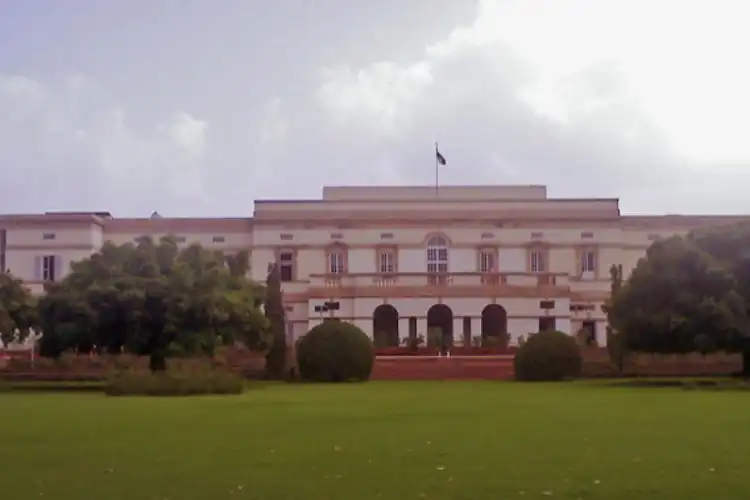 Teen Murti Bhavan
Teen Murti Bhavan
Valerie said, “In the room explaining Nehru’s life journey, the USP is a digital scan QR code book on Nehru. Everybody is enjoying the interactive, immersive element facilitated through the audio guide and the LED touch elements in documents such as the Constitution of India in various languages, the Preamble, and the members of the first constituent Assembly. All these can be read through the touch LED panels.’’
The Tosha Khana showcases the souvenirs gifted by world leaders to Nehru, Prime Minister Narendra Modi, former Prime Ministers Atal Behari Vajpayee, and Manmohan Singh.
ALSO READ: Why Nitin Gadkari praised IPS Noorul Hasan?
A ticket to Pradhanmantri Sangraghalaya costs Rs 100 but the knowledge gains will last a lifetime. Visitors can enrich their experience by using an audio guide available for Rs 50.
